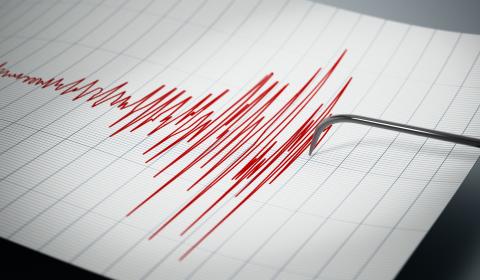
ASTM Revives Seismic Standards
There may not be “a whole lot of shakin’ going on” when it comes to seismic standards, but recent ASTM updates to the Standard Guide for Seismic Risk Assessment of Buildings (E2026-16a) and the Standard Practice for Probable
Maximum Loss (PML) Evaluations for Earthquake Due-Diligence Assessments (E2557-16a) could still significantly impact you and your business.
The Standard Guide was first issued in 1999 (E2026-99) in response to the 1989 Loma Prieta and 1994 Northridge earthquakes and then updated in 2007, concurrent with the introduction of Standard Practice E2557-07. The earthquakes had pushed seismic risk assessment to the forefront of financial decision-making related to real estate in earthquake-prone zones, and the need for specific and consistent standards for assessing seismic risk had become more pressing. Then, as now, E2026 states: “Lenders, insurers, and equity owners in real estate are giving more intense scrutiny to earthquake risk than ever before.”
Our clients and others considering the use of the new E2026 Guide elements or adoption of the updated E2557 Practice should thoroughly understand the changes in both documents, the practical effects of these changes, and the impact that each change may have on the seismic risk management policies of their organizations. We are already well ahead of the E2026-16a/E2557-16a curve, and we’re ready to help with an E2026-16a Key Revisions Guide that highlights and reviews the potential impacts that may range from minor to major for many users. (A companion E2557-16a Key Revisions Guide will be available soon.)
If our E2026-16a Key Revisions Guide leaves any of your questions unanswered or if you would like to schedule a consultation to discuss your seismic risk policies, please contact Greg Bailey, or one of our representatives.